The year 2012: I was an ambitious competitive athlete looking for a device to measure my regeneration in order to better control my training, as I was constantly in danger of slipping into overtraining.
Everything at the beginning
It all started with 3 sports science books. I was significantly influenced by Prof. Dr. Kuno Hottenrott, who is the editor of the non-fiction books “ Heart Rate Variability in Sports ”, “ Heart Rate Variability in Fitness and Health Sports ” and “ Heart Rate Variability: Methods and Applications in Sports and Medicine ”.

In addition to the knowledge I gained from the books, I also took part in HRV symposiums several times starting in 2012, where the leading scientists in the field of HRV regularly met and shared the latest scientific findings in the form of lectures.
The most important studies later appeared again in the books. I was fascinated by these books because virtually all 30-50 studies that were presented there in long or short form came to the conclusion that you can draw a lot of conclusions about a physical condition using HRV/HFV (heart rate or heart rate variability). can.
At the same time, however, it was always said that more studies were necessary and that HRV could only be used to a limited extent as a general marker because HRV is not subject to any really fixed absolute values.
Technology is taking up more and more space in our society
We are still in 2012: Smartphones have only just become socially acceptable, measuring instruments were mostly large, stand-alone devices and the evaluation was carried out using a stand-alone computer. The values had to be corrected by hand and then interpreted personally.
This is normal access for scientists, but very impractical for me as a competitive athlete or consumer.
Another aspect, as it turned out at a later point in time, was that the timing of the measurement had to be standardized.
I can anticipate the following: The morning measurement at a standardized time approx. 3-15 minutes after waking up, without drinking coffee beforehand or increasing the pulse through any activities, turned out to be suitable for getting stable measurements every day .
Without a measuring instrument at home, this point in time was not possible in practice. Driving to a sports scientist every day to carry out this measurement early in the morning is simply unimaginable.
In addition, consumers cannot be expected to clean up the values themselves after the measurement or even to interpret them themselves.
In 2012 there were a few providers of 24-hour long-term measurements, which I also tried out. Unfortunately, a 24-hour measurement is not very helpful for daily training control if it was a few months ago and I need a basis for deciding on that day how intensively I should train today.
A daily 24-hour measurement is simply an unrealistic scenario in practice. I can't and don't want to deal with it for more than 3 minutes a day.
The ideal product – a vision
In 2012, I imagined the ideal product to be one that I could measure at home for 3 minutes and then immediately get a meaningful result. And the best way to do this is with an APP on your smartphone. Completely logical from today's perspective, but in 2012 it was by no means foreseeable whether this would even be possible with an APP. HR (heart rate) was a common term in 2012, but HRV (heart rate variability) was not at all.
The awareness of HRV has increased a hundredfold in the last 10 years, but only users who deal intensively with the topic can still really do something with HRV. It was therefore clear to me that you had to convert raw HRV values into something tangible. The raw HRV values must slide into the background and be replaced by easier-to-understand terms such as stress, regeneration or training recommendations.
There was neither the hardware nor the software nor any algorithms for this. Of course, I've often wondered why no one in the world has done this before. We have a biometric marker like HRV, which provides scientifically recognized conclusions about important values such as stress and regeneration or willingness to train, but there is no consumer product on this topic.
There is a fever meter for fever, a scale for weight, and so on, but there is no measuring instrument for measuring regeneration, stress and readiness for training - even though it could be measured? Okay, then I'll build one. Sounds simple :)
The data collection
In order to collect as much data as possible at the beginning, we of course had to use instruments with the latest technology in 2012. Inaccurate chest straps that were already available on the market and data capture software that we created ourselves helped us to obtain raw data fairly easily. Initially on laptops.
The Austrian Ski Association with skiers and cross-country skiers had already shown interest in measuring the athletes and thus better understanding their training and its impact. Are the athletes under-challenged or overwhelmed, how quickly can they regenerate, how exhausted they are by which training session, and many other questions to which the answers have so far remained unanswered.
A total of 50 athletes took part in the data collection. Logged their training, took HRV measurements and kept records of their well-being. From this we were able to record temporal relationships and use them to develop the first algorithms.
Hardware development was already in full swing. The aim was to develop a chest strap that transmits HRV values live to a device via Bluetooth with an accuracy of 2-3ms. First on a laptop and later on smartphones.
The vital monitor and its development
The first vital monitor was produced in 2013. Still a relatively large measuring instrument, but very accurate and definitely simple enough to easily measure with on a daily basis. The Vitalmonitor Pro followed in 2017 and the Vitalmonitor Nano has been available since 2019, which is significantly smaller and looks like a normal heart rate monitor in terms of size.

The vital monitor takes on many tasks. Data collection is very accurate and HRV can be recorded with an accuracy of 2ms. Data cleaning is completely automatic.
We now have 5 million HRV measurements and have been able to improve and adapt the algorithm countless times, so that we have had very sophisticated software and hardware since 2017. The key to success was the intra-individual automated consideration of the values. The vital monitor creates an individual baseline for each user and evaluates all future measurements based on the individual baseline. But here it doesn't matter at all when the user starts measuring. It's a kind of sliding baseline that constantly adapts and learns over months and years. Around the 8th day of measurement, one can speak of serious measurement results, as the baseline formation has made a certain amount of progress.
One thing was important to me as a product developer: It had to be easy to use, with minimal effort for the user and a maximum output of useful information. In other words, all you have to do is measure 3 minutes in the morning and you will get your regeneration value, stress level and a concrete training recommendation for today. If I had had the tool when I was an active athlete, I would probably have trained differently.
Probably fewer, more precise and more efficient .
Heart rate variability explained
If you would like further scientific background information about HRV, then we recommend the following article from our scientific director Mag. Bernhard Schimpl: https://www.vital-monitor.com/blogs/hrv/die-hrv-herzratenvariabilitaet-alles-was-du -need-to-know
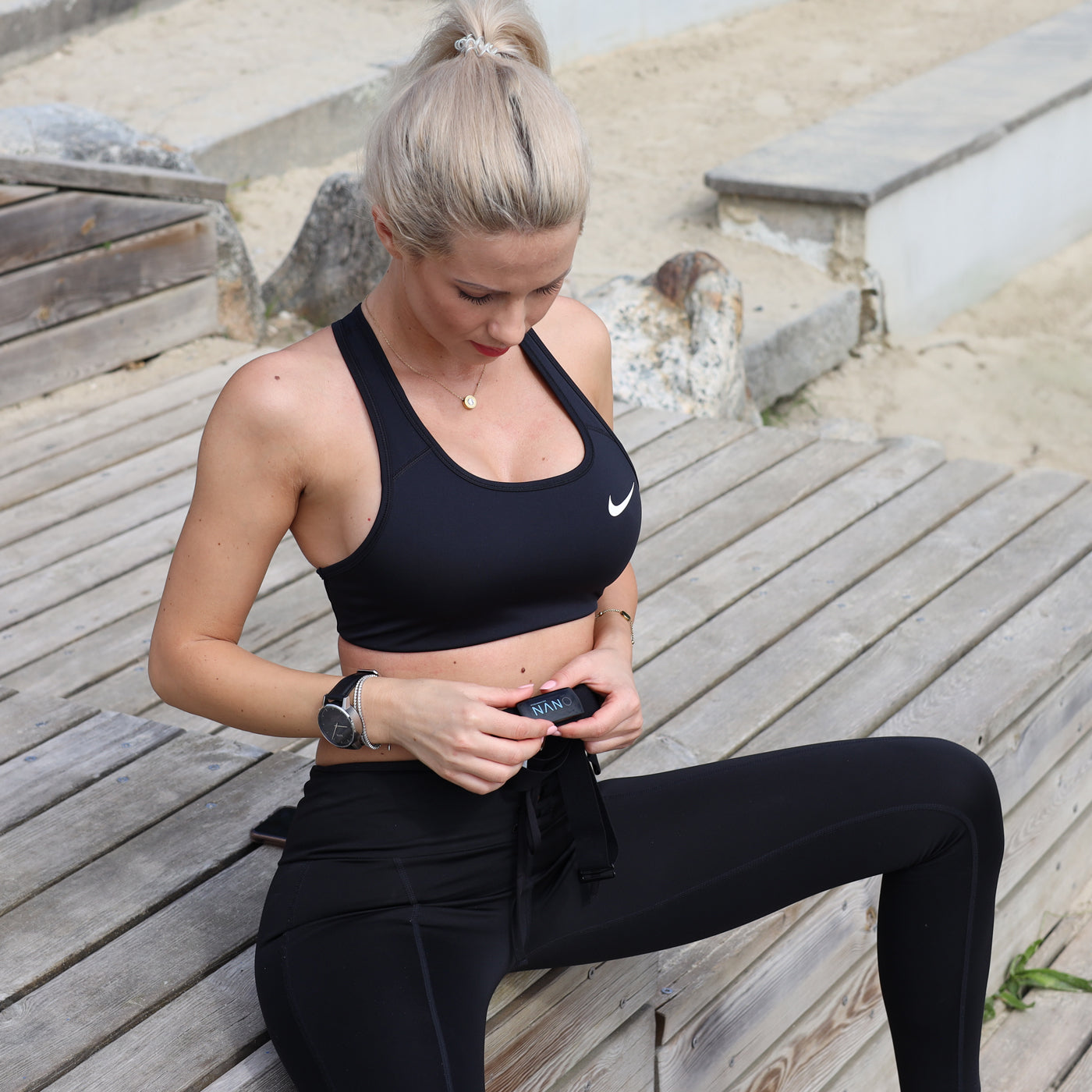

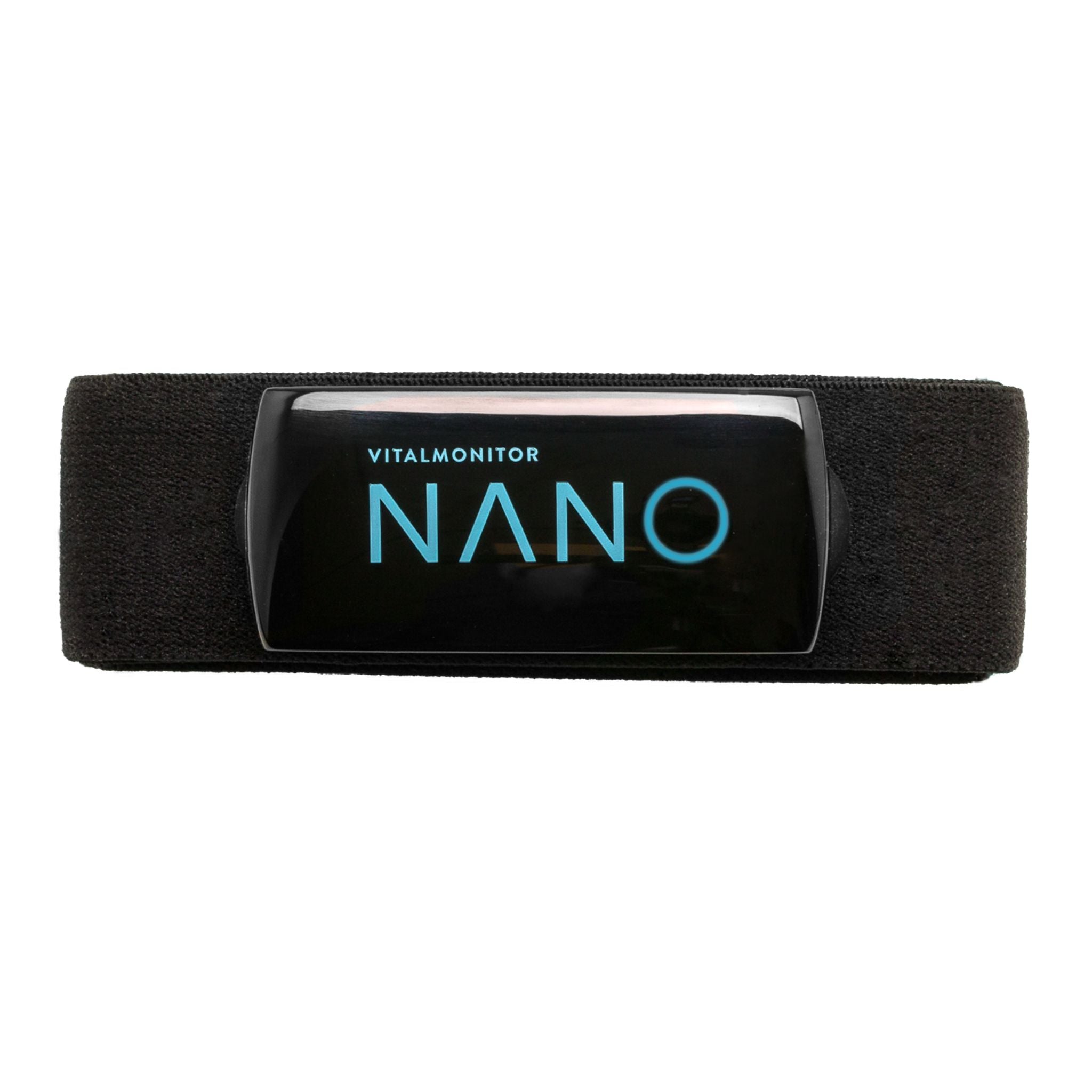


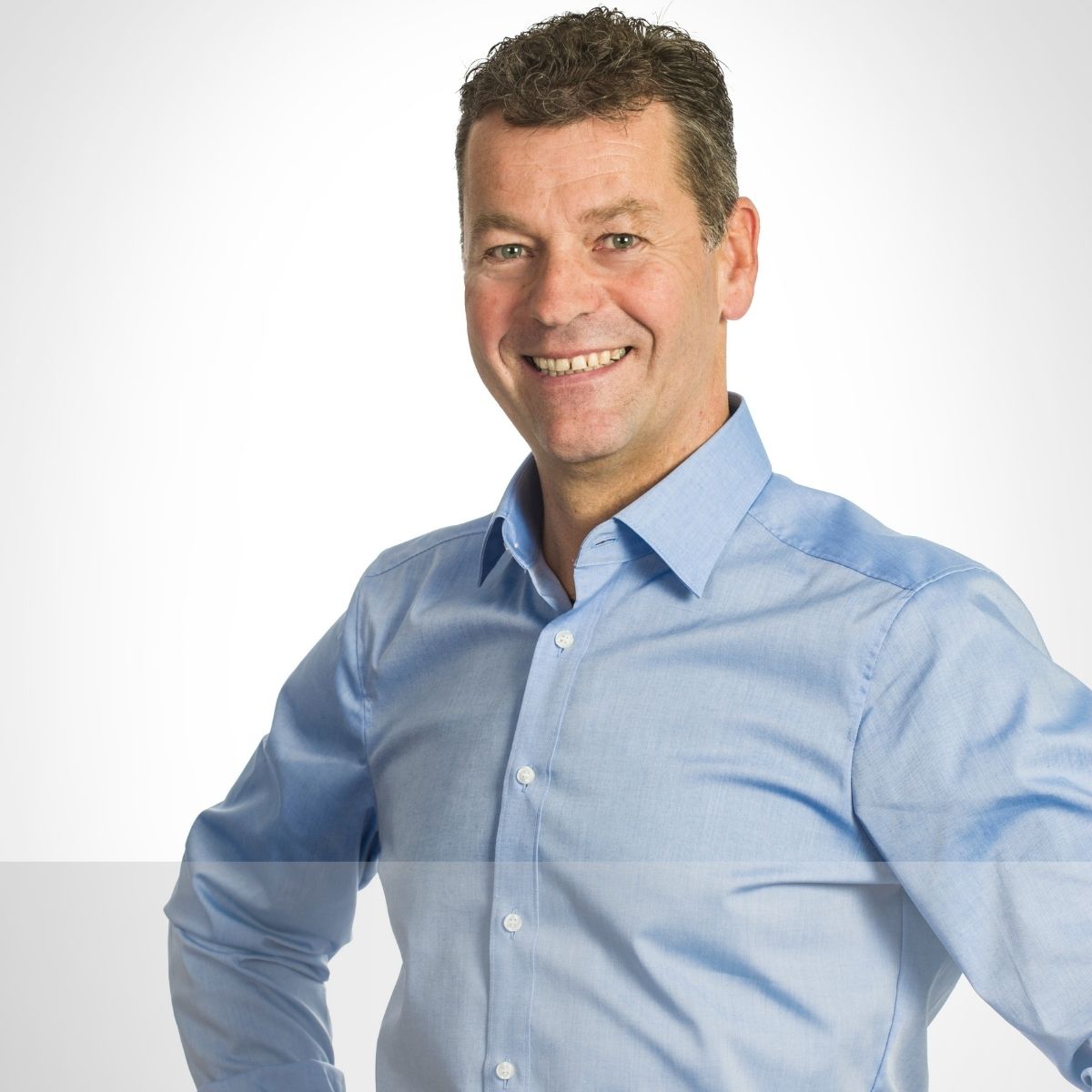
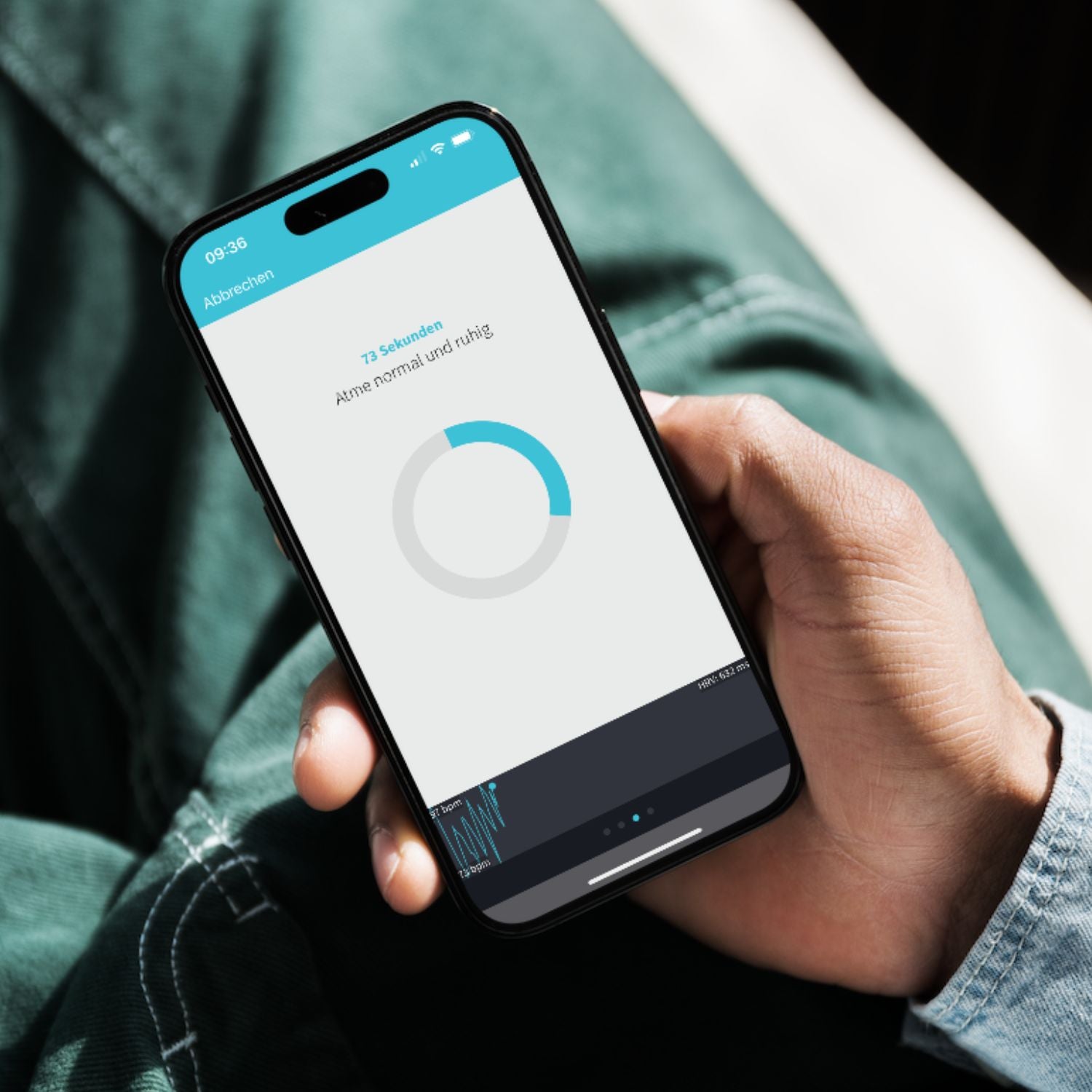

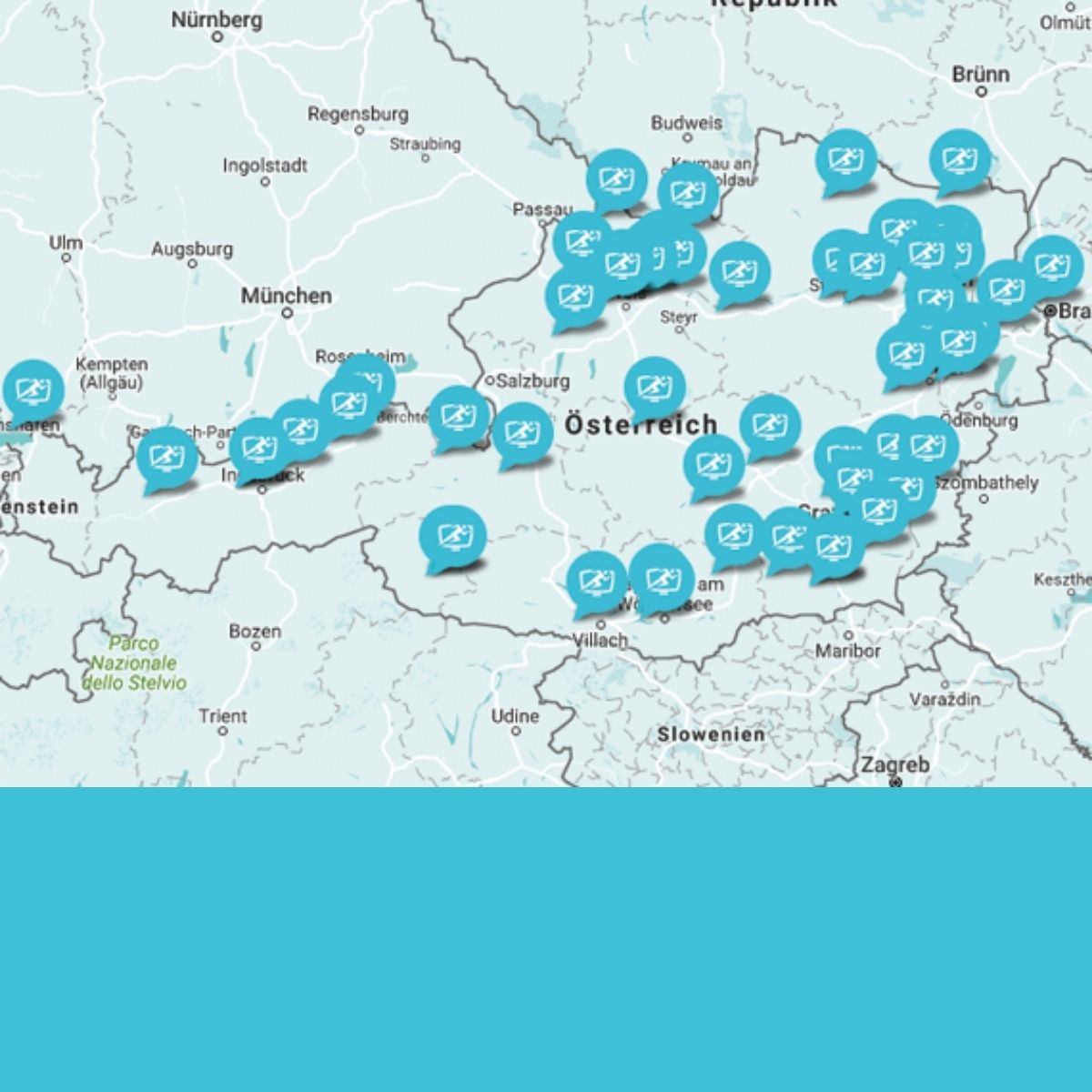
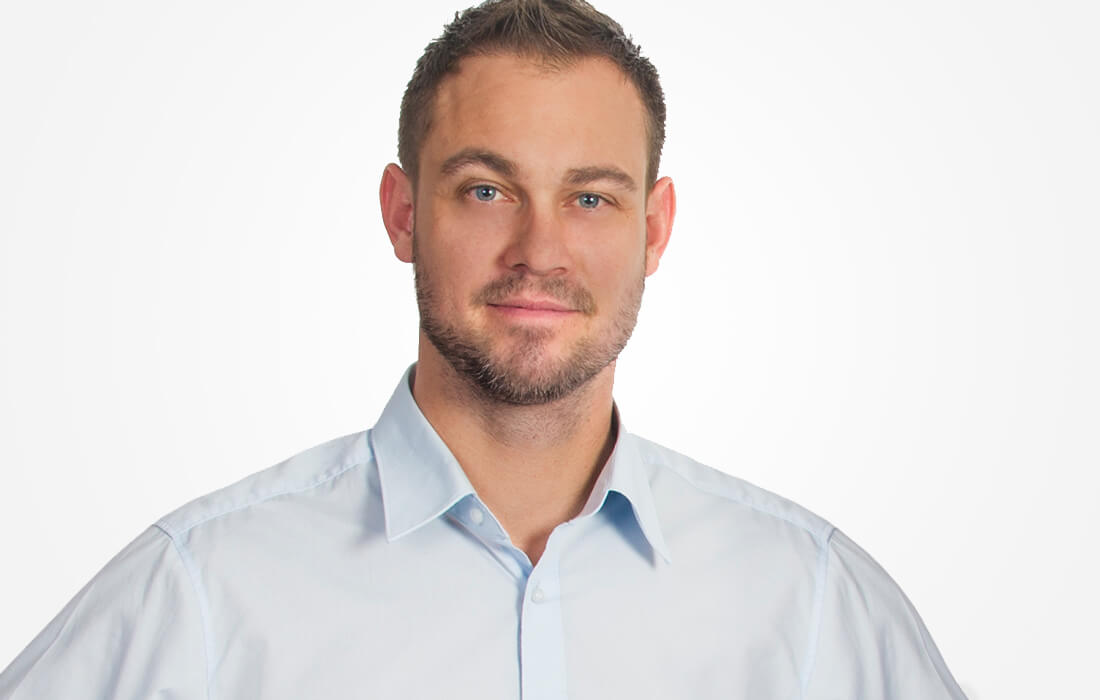
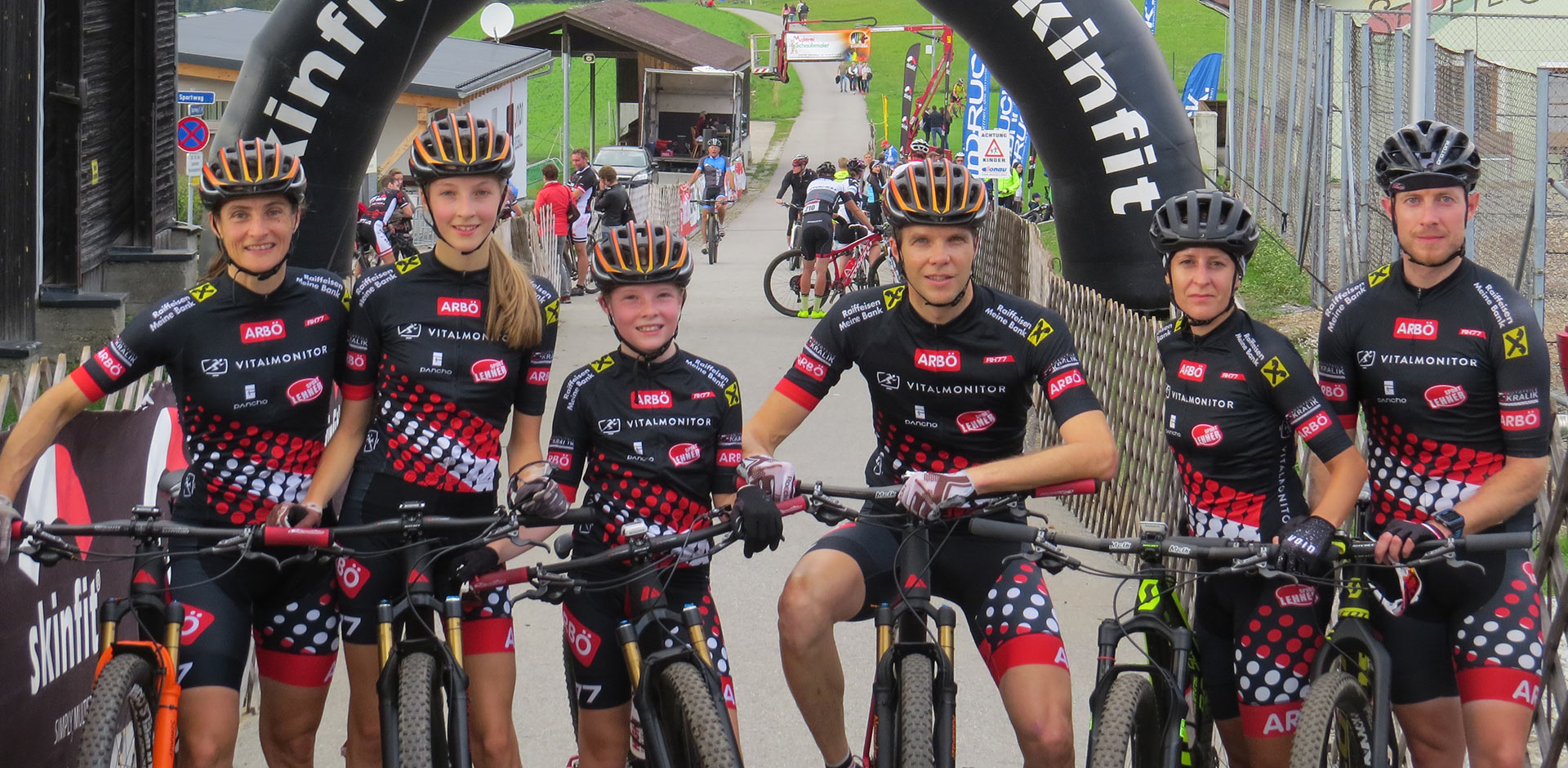
Leave a comment
All comments are moderated before being published.
This site is protected by reCAPTCHA and the Google Privacy Policy and Terms of Service apply.